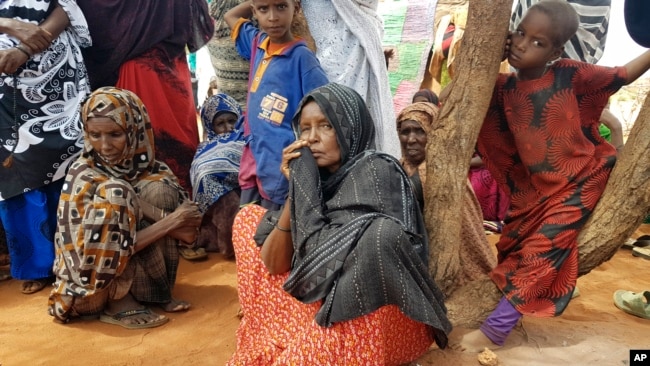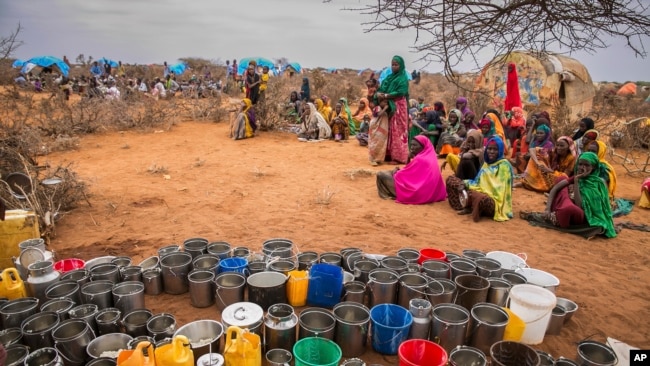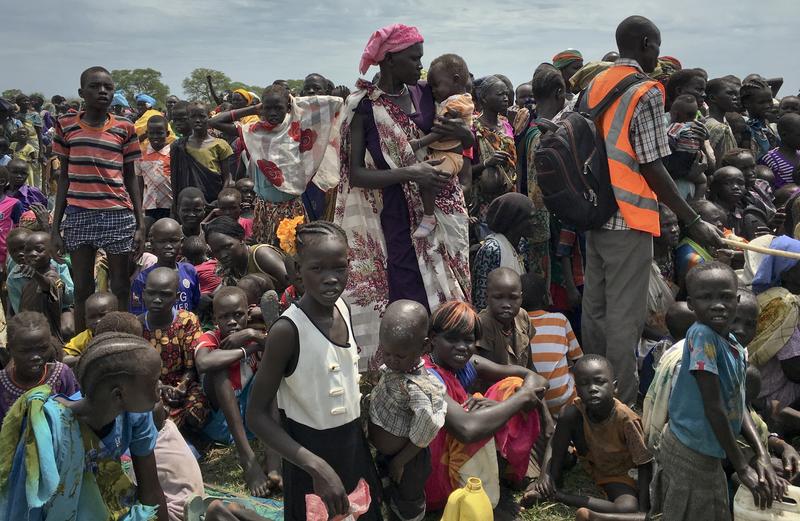
© UNICEF Ethiopia/2017/Nahom Tesfaye
Ethiopia is one of the countries hardest hit by the strongest El Niño event in history. The natural hazards that followed have left more than 5 million people in need of life-saving emergency assistance.
Amidst the worst drought in decades, the people in the Somali region of Ethiopia watch their crops die and their livestock starve. With reduced access to food, clean water and sanitation facilities, as well as the inevitable lowered household incomes - thousands of people are falling victim to diseases like measles and acute watery diarrhoea (AWD), which in turn can lead to conditions like malnutrition. The poorest women, men and children are the most vulnerable.
Since 2015, there has been a surge in cases of AWD. Caused by bacterial, viral and parasitic organisms, the disease spreads through contaminated food and water, particularly in areas with poor sanitation facilities. AWD can last for days and the disease causes severe dehydration and fluid loss. The body is left drained of water and salts crucial for survival. Unfortunately, when food is scarce, people do what they must to survive.
Consider the community of Gabagabo kebele in the Tuli Guled district, which is all too familiar with AWD. A small local health centre is separated from the main road by 10 km of rough track that is hard to navigate on both wheels and foot. This stretch is even more daunting for someone in the throes of illness.
Patients who managed to make it to the centre found an under-resourced facility overwhelmed by the ever-growing number of AWD cases. "The Health Centre didn't have the required personnel or the supplies to treat cases," explained Mr. Mohammed Ahmed, Head, Gabagabo Health Centre .
There was just one ambulance and five workers on site.
In a joint response to the problem, a Case Treatment Centre (CTC) was set up within the grounds of the existing health centre. Five additional health workers and one vehicle were deployed to the facility. The CTC was equipped with medicine to treat AWD, water and sanitation supplies, and other items to support raising awareness in the communities.
Kelsuma Abdulahi, a mother of six, was unconscious when she was driven to the CTC. She had contracted AWD after consuming contaminated water. Kelsuma stayed in the centre for five days. However, the very next day her 20–year-old pregnant daughter got sick, which brought Kelsuma back to the centre, as a caregiver this time.
"The problem is affecting everyone in my family and I am forced to leave my home," she said.
She is not alone. Many around the country are faced with the same challenges.
The effort to mitigate the problem and prevent the spread of disease is an on-going priority for the Government and humanitarian partners alike.
About the project
In an effort to address the issue of AWD, the government deployed some 900 health workers to eight affected zones in the Somali Region of Ethiopia, which were fiercely hit by the disease.
In support of the government's effort, UNOPS signed a $1.7 million project agreement with the Ethiopia Humanitarian Fund, managed by the UN Office for the Coordination of Humanitarian Affairs (OCHA) .
UNOPS support comes in three main ways. First, the provision and management of an efficient and timely payment system to benefit some 300 health care workers, who look after communities in remote and under-served areas. Second, the management of a 42-vehicle fleet that helps ferry staff and medicines to remote locations. And third, a supply chain management system that uses five heavy vehicles to move supplies from warehouses.
This 'common services' approach enhances and enables the overall AWD response in Ethiopia, which is a collaboration between Ethiopia's Region Health Bureau, the World Health Organization (WHO), UNICEF, the World Food Programme (WFP), UN Regional Coordination Office, OCHA, and international and national NGOs.







 Antal Abdi Haji has her severely dehydrated son, Rahma, examined by personnel at Akara CTC. Photo: Amunga Eshuchi.
Antal Abdi Haji has her severely dehydrated son, Rahma, examined by personnel at Akara CTC. Photo: Amunga Eshuchi.
